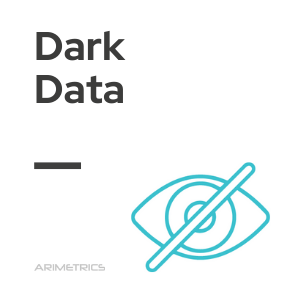
Definition:
In Digital Marketing, dark data, also known as hidden data,is a type of unstructured, unlabeled, and untapped data found in data repositories and has not been analyzed or processed.
Dark Data is part of big data, since, of all the data collected, they are those that are not used and are forgotten.
That is why it is also called dusty data,because it is data that is not used for anything and “accumulates dust”.
Where is the dark data located?
Most of the hidden data is collected by a company from sources that are not analyzed.
These are mostly unstructured data,this is that they are not stored in sources with a known structure.
Most companies store this type of data only for compliance with data processing regulations.
The iceberg analogy for Dark Data
The iceberg analogy is very accurate in this case because, of the database that a company collects, only a small part is used, such as 10% and the remaining 90% is data that remains hidden.
Of that 90% only 20% is data that has no value to be analyzed and the remaining 70% is Dark Data.
Reasons why Dark Data exists
If only 10% has analysis value and 20% is useless, it is worth asking why 70% of the data included in Dark Data is not exploited.
There are three main reasons that make this Hidden Data or Dark Data exist:
- That this data is not being collected due to lack of interest or lack of tools for its analysis.
- That this data is collected but that it is difficult to access at the time it is needed
- That the data is collected and available but has not yet been analyzed.
What data can be included in the Dark Data category?
These are the types of data that a company keeps and that can be considered Dark Data:
- Log files
- Multimedia files
- Account Information
- Customer information
- Financial Archives
- Data of former employees
- Raw data
- Electronic correspondence
According to IBM analysts, “approximately 90 percent of the data generated by most sensors and A-to-D conversions on the market is never used.”
